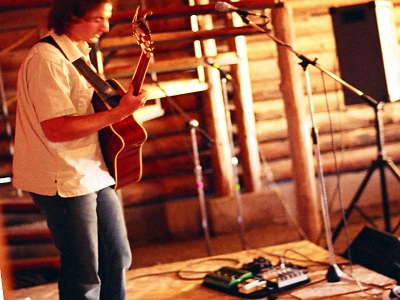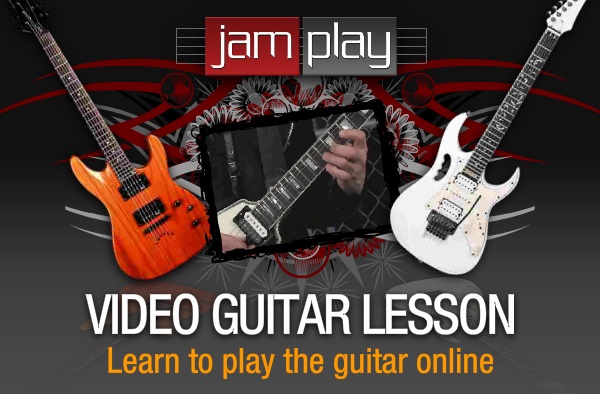Contemporary Chord Voicings For Worship Music
 When you hear a band on the radio while you are driving in your car, or relaxing at home, you may notice many songs have similar chords used through. In fact, many songs, mainly in rock and roll, have more than just similar chords: they have the same chords, often used in very similar progressions.
When you hear a band on the radio while you are driving in your car, or relaxing at home, you may notice many songs have similar chords used through. In fact, many songs, mainly in rock and roll, have more than just similar chords: they have the same chords, often used in very similar progressions.
In this online guitar lesson, we will teach some of the basic backgrounds behind this concept and thereafter, you should view the video on contemporary chord voicings in worship music.
Contemporary chord voicings can be viewed as subjective, but the vast numbers of musicians who use the exact same chords use them for reason. Listeners hear familiar chords and instantly, subconsciously, find a connection with the song, even if they have never heard it before.
Music is powerful, and contemporary chords are no exception.
The First Chord Is The C Major.
C Major is used in many popular guitar songs, such as Dust in the Wind by the progressive rock band Kansas and Eighteen by Alice Cooper. With your ring finger, fret the A string on the third fret, which gives you a C. With your middle finger, fret the D string on the second fret, creating E. Lastly, using your index finger, fret the first fret on your B string, giving you C. Strike the chord, letting your G and high E string ring out.
Next Is G Major
The next contemporary chord voicing we will learn is G Major. This chord is the most popular of all the contemporary chords. If you have ever listened to Mother by Pink Floyd, or Every Rose Has Its Thorns by Poison, although you are not aware, you are more than familiar with this compelling, emotionally charged chord.
Take your middle finger and place it on fret three of your low E string. The resulting note is a G. Next, use your index finger to fret the second fret of the A string, giving you a B. Using your ring finger in the B string and your pinky on the E string, fret both strings on the third fret, changing them to D and G respectively. When you strum this chord, be sure to use all of the strings. This includes the open D and G. The result is one of the most famous, full bodied chords in modern music.
The E Minor And The E Major
The final two chords we will discuss are very similar yet at the same time nearly polar opposites. E minor and E Major are to very frequently used chords. If you have ever been down the emotional roller coaster that is Disarm by the Smashing Pumpkins, you have heard the power of E minor.
Quite the opposite, however, from the uppity nature of E Major as heard in Cotton Fields by the Creedence Clearwater Revival, where the chords give the song a happy, bouncy feel. To play the E minor, simply place your middle finger on the second fret of you’re A string, creating B, and place your ring finger on the second fret of your D string, making an E. Now strum all of the strings together. To make an E Major, simply add your index finger to the first fret of the G string, creating G#.
Observe the complete contrast in qualities between the two chords.
This video clip is brought to you by GuitarLessons.com
Now that you know the most common contemporary chord voicings, you have the tools to play hundreds of modern songs. The final step is to practice. Good luck!
Instructions For Every Guitar Style And Level of Playing Imaginable

Jamplay is the GREATEST online guitar lesson resource that offers step-by-step videos in HD. They cover ALL genres of guitar styles and have exhaustive content for guitar players of any skill level.
Jamplay also features a growing collection of instructional videos that is updated each week. Furthermore, they also offer detailed tutorials for members to learn well known songs with the help of accurate, interactive tablatures and song visualizations.






Leave A Comment